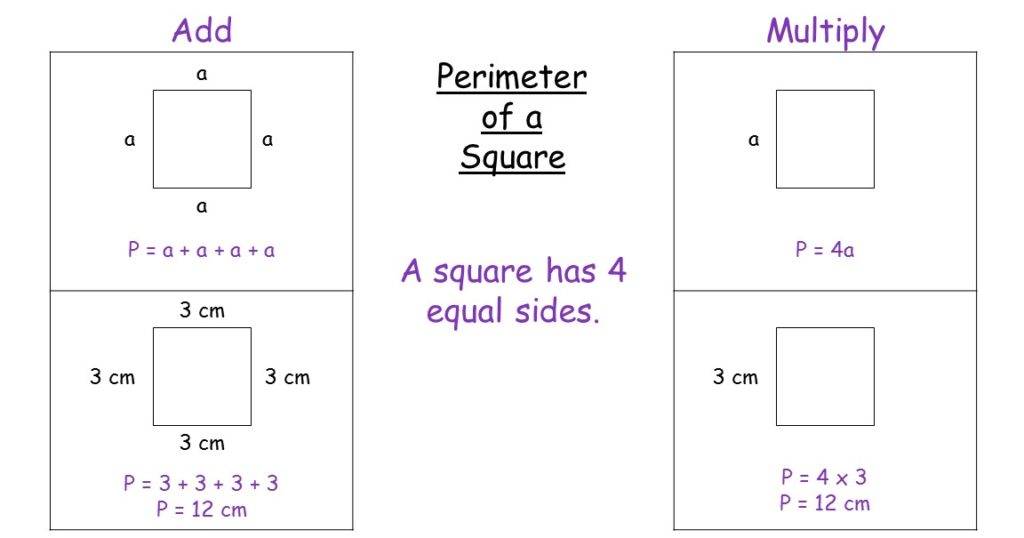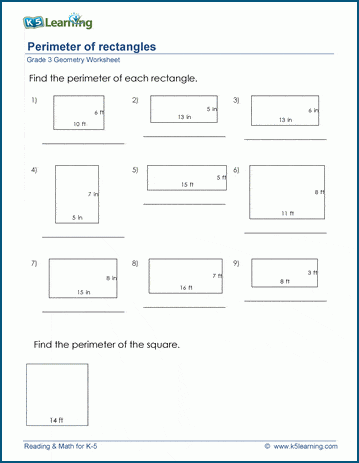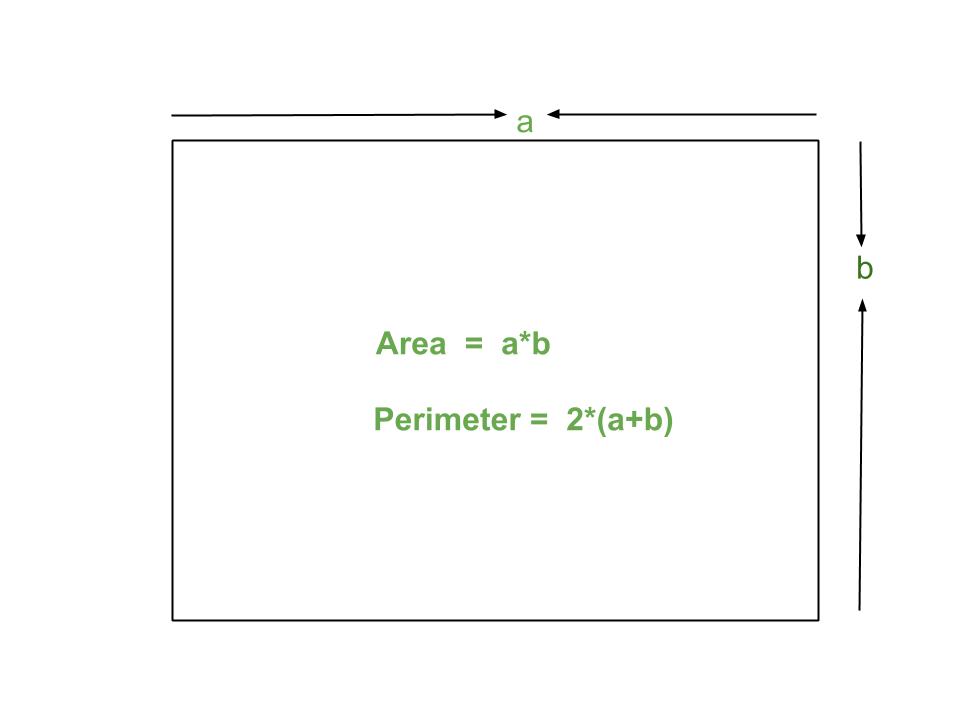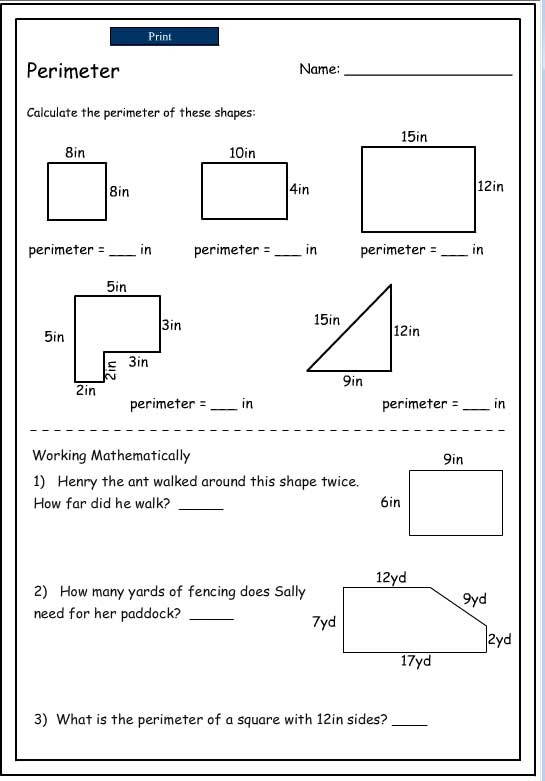Topic find a perimeter of a square: Discover the simplicity and practicality of finding the perimeter of a square in this comprehensive guide. Ideal for learners and educators, we simplify geometry into engaging, easy-to-understand concepts.
Table of Content
- How do I find the perimeter of a square?
- Understanding the Concept of Perimeter in Geometry
- Perimeter of a Square: Basic Formula and Calculation
- YOUTUBE: Finding the Perimeter of a Square | Math with Mr. J
- Derivation of the Perimeter Formula for Squares
- Calculating the Perimeter with Known Side Length
- Finding the Perimeter Using the Square\"s Diagonal
- Computing Perimeter When the Area is Known
- Real-Life Applications of Square Perimeter Calculations
- Example Problems and Solutions for Better Understanding
- Interactive Practice Problems and Quizzes
- Frequently Asked Questions About Square Perimeters
How do I find the perimeter of a square?
To find the perimeter of a square, follow these steps:
- Identify the length of one side of the square.
- Multiply the length of one side by 4, as all sides of a square are equal.
- The result will be the perimeter of the square.
| Example: | If one side of a square measures 5 units. |
|---|---|
| Step 1: | Identify the length of one side: 5 units. |
| Step 2: | Multiply the length of one side by 4: 5 x 4 = 20 units. |
| Step 3: | The perimeter of the square is 20 units. |
Therefore, the perimeter of a square with a side length of 5 units is 20 units.
READ MORE:
Understanding the Concept of Perimeter in Geometry
The concept of perimeter plays a fundamental role in geometry, serving as a key to understanding various shapes and their properties. It is defined as the total distance around the boundary of a two-dimensional shape.
- Perimeter Basics: Perimeter is calculated by summing the lengths of all the sides of a polygon. In the context of a square, this becomes particularly straightforward due to the equality of all its sides.
- Units of Measurement: Perimeter is measured in linear units, such as meters, centimeters, inches, or feet, depending on the context and application.
- Significance in Real Life: Understanding perimeter is crucial in real-world applications like construction, land measurement, and craft projects, where knowing the boundary length is essential.
In the case of a square, the concept of perimeter is simplified as all four sides are of equal length. This equality provides a more straightforward approach to calculating the perimeter compared to other polygons.
- Identifying a Square: Recognize that a square is a special type of rectangle with equal sides and right angles.
- Formula Application: Use the perimeter formula specific to squares, which is the sum of the lengths of all four sides or, more simply, four times the length of one side.
- Practical Calculations: Apply this formula in practical scenarios, such as determining the amount of material needed for a border or fence around a square area.
This section aims to deepen the understanding of perimeter in the context of a square, highlighting its simplicity and practical importance.

Perimeter of a Square: Basic Formula and Calculation
The perimeter of a square, a fundamental concept in geometry, is the total length of all four sides of the square. This section provides a comprehensive guide to understanding and calculating the perimeter of a square.
Basic Formula
The formula to calculate the perimeter (P) of a square is straightforward:
P = 4 × side
Here, \"side\" refers to the length of one side of the square.
Step-by-Step Calculation
- Measure the Length of One Side: Start by measuring the length of one side of the square. This can be done using a ruler or a measuring tape.
- Apply the Formula: Multiply the measured length by 4. Since all sides of a square are equal in length, this calculation will give you the total perimeter of the square.
Example
For instance, if the length of one side of a square is 5 cm, the perimeter would be calculated as follows:
- Measure one side: 5 cm
- Perimeter: P = 4 × 5 cm = 20 cm
Using Different Units of Measurement
The perimeter can be calculated in any unit of measurement, such as meters, inches, or feet. The key is to ensure that the unit of measurement for the side length is consistent throughout the calculation.
Conclusion
Calculating the perimeter of a square is a simple yet essential skill in geometry. Understanding this formula and its application helps in various practical and academic scenarios.
Practice Problem
Problem: If one side of a square is 8 inches, what is its perimeter?
Solution: Perimeter = 4 × 8 inches = 32 inches.
This straightforward method makes it easy to find the perimeter of a square, whether for academic purposes or practical applications in daily life.

Finding the Perimeter of a Square | Math with Mr. J
Discover the magic of perimeter in this captivating video! Follow along as the host explores various shapes and their perimeters, showcasing the excitement and importance of this mathematical concept. Don\'t miss out on expanding your knowledge and enjoying an engaging visual presentation!
Perimeter of a Square with Variables
Dive into the world of variables with this insightful video! Join the enthusiastic presenter as they explain the fundamentals of variables and their role in solving equations. Uncover the power and versatility of variables, and enrich your understanding of mathematics with this educational and entertaining content.
Derivation of the Perimeter Formula for Squares
The formula for calculating the perimeter of a square is derived from the basic properties of a square. This section will explain the derivation step by step.
Understanding a Square
A square is a four-sided polygon (quadrilateral) characterized by equal sides and right angles at each corner. Each side of the square is of equal length.
Basic Concept
The perimeter of a polygon is the total length of its outer boundaries. For a square, it involves adding the lengths of all four sides.
Formula Derivation
- Definition of Perimeter: The perimeter (P) of any polygon is the sum of the lengths of its sides. For a square, this translates to the sum of the lengths of all four sides.
- Equal Side Lengths: As all sides of a square are equal, let the length of one side be \"s\".
- Summation of Sides: Therefore, the perimeter would be s + s + s + s.
- Simplifying: Simplifying the above, we get P = 4s. Hence, the formula for the perimeter of a square is four times the length of one side.
Example for Clarification
Consider a square with a side length of 3 meters. Using our derived formula:
- Length of one side (s): 3 meters
- Perimeter (P): 4 × 3 meters = 12 meters
Conclusion
Thus, the perimeter formula P = 4s is a direct result of the fundamental properties of a square, where all sides are of equal length.

Calculating the Perimeter with Known Side Length
Calculating the perimeter of a square when the length of one side is known is a straightforward process. This section provides a step-by-step guide to perform this calculation effectively.
Basic Formula
The perimeter (P) of a square can be calculated using the formula:
P = 4 × side
Here, \"side\" refers to the length of one side of the square.
Step-by-Step Calculation
- Identify the Length of One Side: Determine the length of one side of the square. This can be any measurement unit (e.g., meters, centimeters, inches).
- Apply the Formula: Multiply the length of one side by 4. This is because all four sides of a square are of equal length.
- Calculate the Perimeter: The result from the multiplication gives you the total perimeter of the square.
Example
For example, if a square has a side length of 6 cm, the calculation would be:
- Length of one side: 6 cm
- Perimeter: P = 4 × 6 cm = 24 cm
Using Different Units
The calculation method remains the same irrespective of the unit of measurement. Just ensure that the unit for the side length is consistently used in the calculation.
Conclusion
This method of calculating the perimeter is quick and efficient, especially useful in various mathematical and practical applications.
Practice Problem
Problem: Calculate the perimeter of a square with a side length of 10 inches.
Solution: Perimeter = 4 × 10 inches = 40 inches.
Understanding this calculation is essential in geometry and is applicable in various real-world scenarios.

_HOOK_
Finding the Perimeter Using the Square\"s Diagonal
To calculate the perimeter of a square using its diagonal, you need to understand the relationship between the side length of the square and its diagonal. This method is particularly useful when the side length is not directly given, but the diagonal is. Below are the steps and formulas used in this calculation:
- Understand the Diagonal-Side Relationship: In a square, the diagonal forms a right triangle with two sides of the square. By Pythagoras\" theorem, the diagonal (d) relates to the side length (s) by the formula: ( s = frac{d}{sqrt{2}} ).
- Calculate the Side Length: If you know the length of the diagonal, divide it by the square root of 2 to find the side length.
- Apply the Perimeter Formula: Once you have the side length, multiply it by 4 to get the perimeter. The perimeter formula is ( P = 4s ).
Example:
| Step | Calculation | Result |
| 1. Calculate Side Length | ( s = frac{d}{sqrt{2}} ) | For a diagonal of 10 units, ( s = frac{10}{sqrt{2}} approx 7.07 ) units |
| 2. Calculate Perimeter | ( P = 4s ) | ( P = 4 imes 7.07 approx 28.28 ) units |
This method provides an accurate way to find the perimeter of a square when the diagonal is known, using the principles of geometry.



















